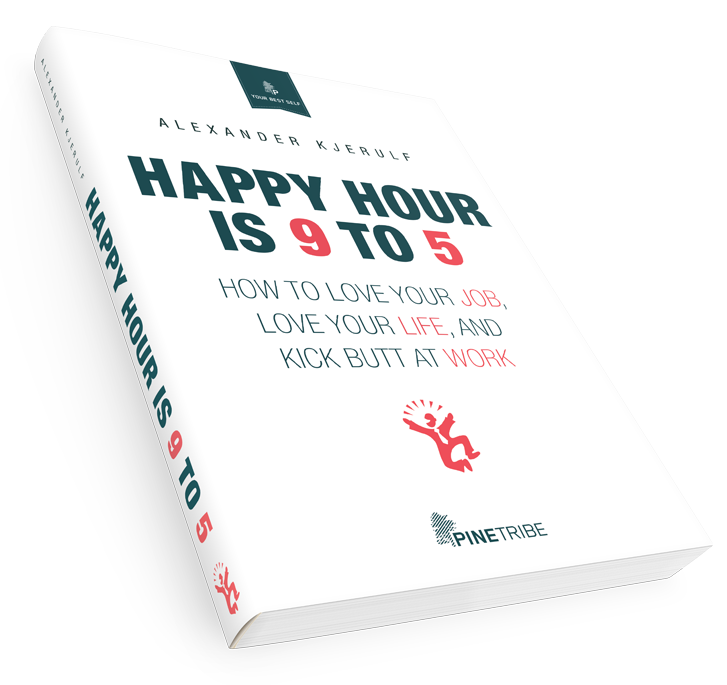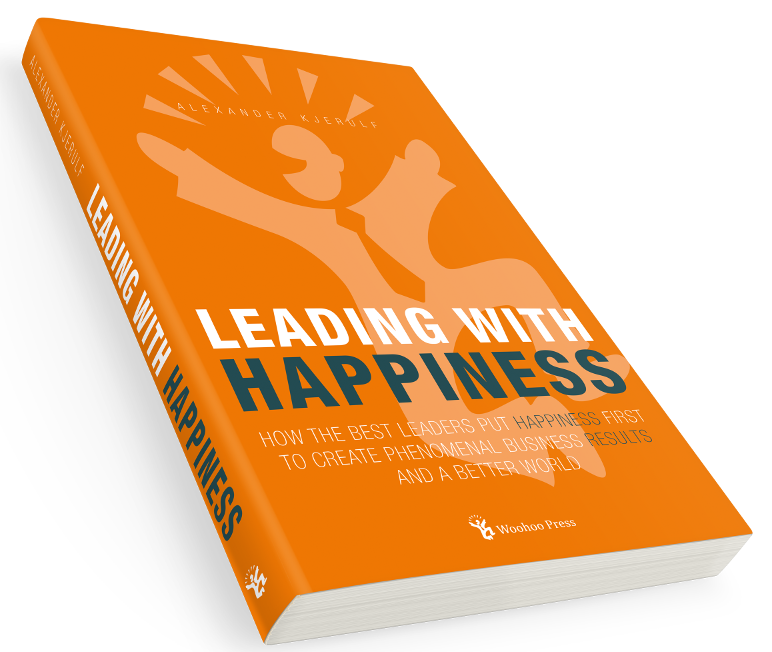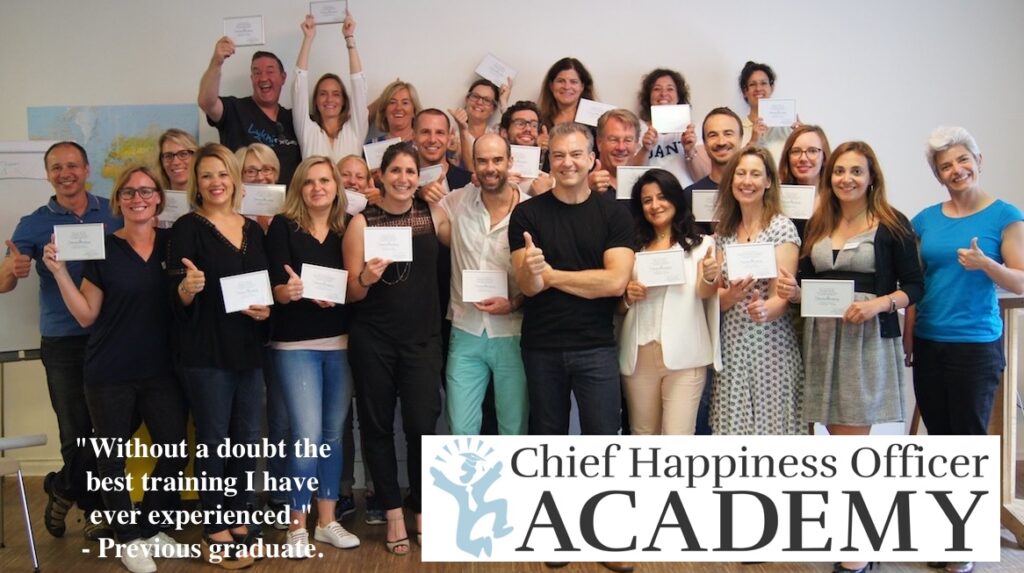 This post is for all the people who signed up to review a chapter of my book “Happy Hour is 9 to 5”.
This post is for all the people who signed up to review a chapter of my book “Happy Hour is 9 to 5”.
First of all: Thank you very much for your generosity! I’m so glad you’re willing to help me on this.
I have emailed you guys the entire book as a pdf, and you now have a chance to tell me what you think. There are a few instructions in the feedback file I also emailed you. Please read that, write your feedback and write it as a comment to this post.
Thanks again for doing this, and I’m not at all happy, nervous and totally fracking excited about this. At all :o)



Leave a Reply